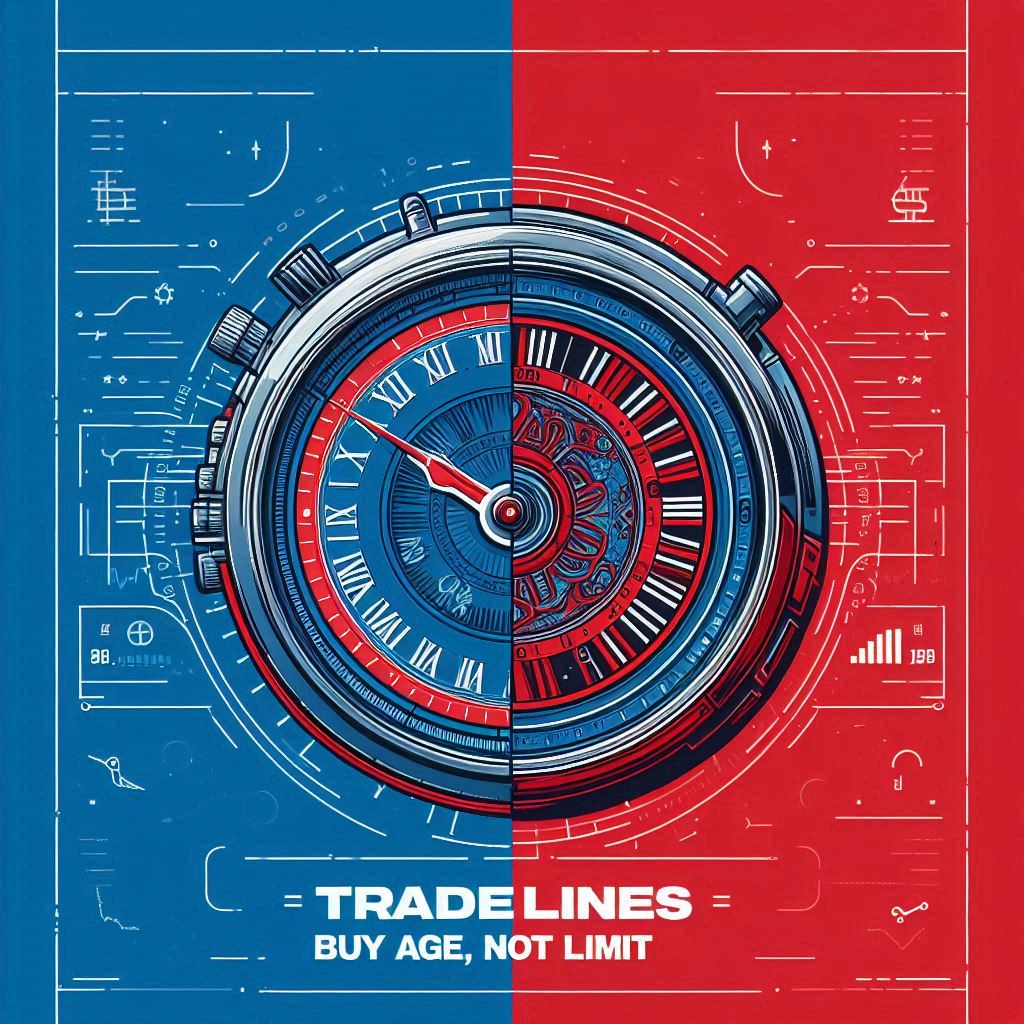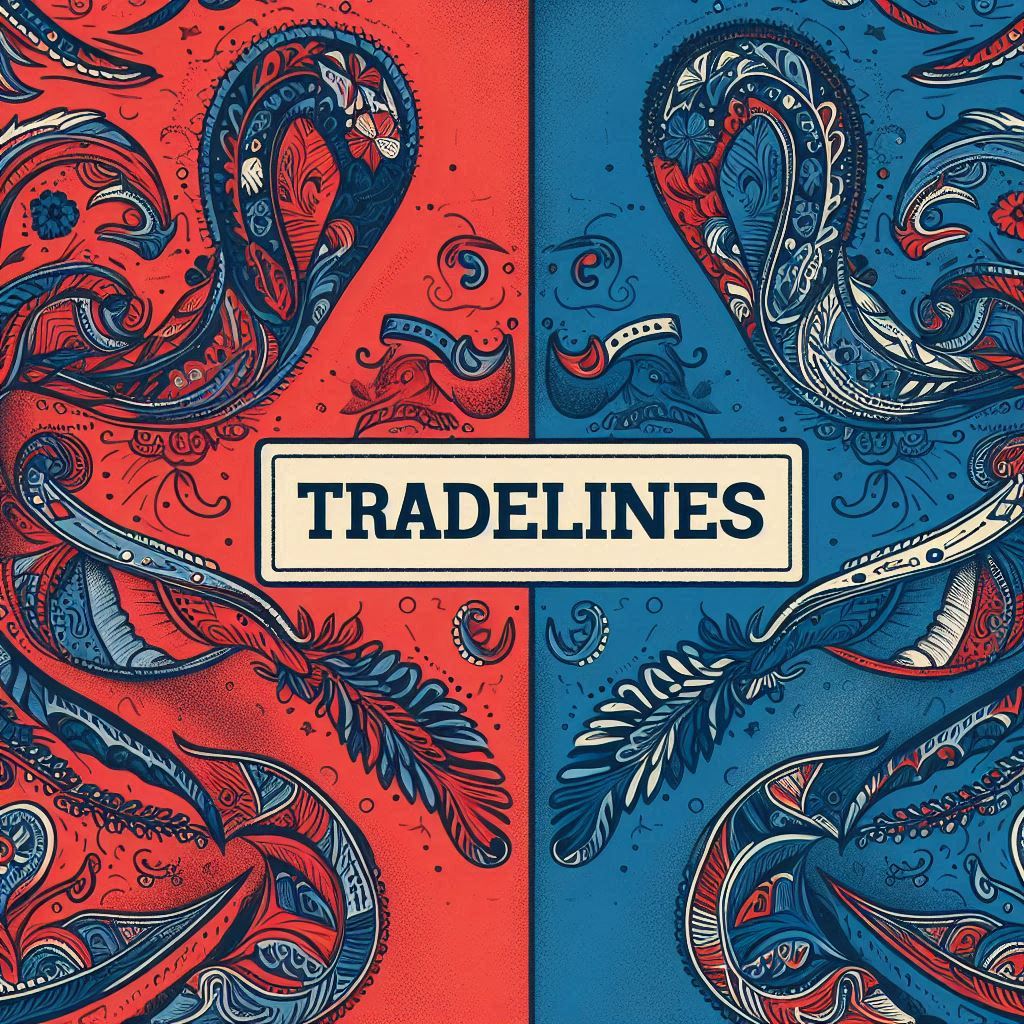If you want to buy tradelines, be a broker, or a person selling tradelines, this will be the best article you can ever read about it.
I will start with the biggest misconception of them all: TRADELINES DO NOT FIX HIGH UTILIZATION. Not anymore, at least. In the past, they may have or even did significantly help. (Think prior to 2019–2020-ish, and I could be wrong on exactly when changes were made.) VantageScore and FICO both update their algorithms from time to time, and both have taken steps to combat the purchasing of authorized user credit card strategies, also known as piggybacking credit.
So, if you are buying tradelines, do not buy based on limit; buy based on age.
Age is the most important factor of a tradeline for two reasons:
- Payment History accounts for 35% of your credit score.
- Length of Credit History accounts for 15% of your credit score.
Question: Can you separate age and payment history?
Answer: NO!!
Therefore, age and payment history are connected. You cannot have one without the other. So, in essence, they are combined. When you buy a tradeline with both age and perfect payment history, this accounts for 50% of your credit score! (Because Payment History accounts for 35%, plus Length of Credit History—aka Age—accounts for 15%. 35% + 15% = 50%).
Even if authorized user tradelines did affect utilization ratios, the category of “Amounts You Owe” accounts for 30%, but IN TOTAL. What I mean by “in total” is that there is much more than just one utilization-related factor in the overall category. A lot of people make the mistake of thinking that the utilization category comes down to one overall utilization ratio, and this is not even close to being true. To illustrate, here are a few additional credit characteristics that involve utilization factors:
- Number of revolving accounts with a credit ratio greater than 50%.
- Number of revolving accounts with a credit ratio greater than 75%.
- Percentage of revolving accounts with a credit ratio greater than 50%.
- Percentage of revolving accounts with a credit ratio greater than 75%.
- Total available credit remaining on all revolving accounts reported in the last 12 months.
- Average remaining balances on all open revolving accounts reported in the last 12 months.
The point is, if someone has multiple credit cards with high utilization, each one of those high-utilization credit cards plays a big factor in their credit score. Adding a super high-limit tradeline to the equation does not erase or overpower the fact that they have multiple high-utilization credit cards in their file. Their score is always going to be negatively affected by those high-utilization credit cards—Period.

Now, there are always going to be people who disagree because maybe they have experience with it actually working—meaning the high-limit tradeline did increase their credit score while they had high-utilization credit cards. So yes, this is a possibility, and it happens all the time. But I would argue that the reason they got a boost in their credit score was due to additional factors associated with adding that particular tradeline to their credit file and not just specifically because their overall utilization ratio decreased. Examples of just a few reasons may include:
- The person may have been moved to a different “bucket” or “scorecard” due to various attributes of that tradeline, some of which can be attributed to the high limit of that card.
- Maybe they had a thin credit profile, and this helped establish more accounts.
- It may have affected the “percentage” of accounts with utilization over 50%/75%.
- It may have affected the total available credit remaining on all revolving accounts reported in the last 12 months.
- It may have affected the average remaining balances on all open revolving accounts reported in the last 12 months.
We are aware that both FICO and VantageScore are actively making changes to combat the benefit of authorized user accounts, and we believe that they are focusing those changes mainly on the credit utilization factors where AU tradelines used to have a significant benefit due to the utilization effects—but they no longer do.
When taking our advice about buying based on AGE, remember that age is always relative to your particular credit profile. So, there is no arbitrary age that is good versus not good. If you are trying to increase your score, your goal should be to significantly change the variables in your file. In other words, if you already have a few accounts that are seven years old, buying an eight-year-old tradeline really doesn’t change your overall file very much. However, if you add a 20-year-old account to the file, then that has substantially changed the status of your file. A substantial change to your credit file is the best strategy for trying to get a significant change to your score.
A very easy formula for how to choose a tradeline might look like this: Figure out the oldest account on your credit report (including closed accounts) and buy a tradeline that is significantly older than the oldest account in your file. Additionally, the limit does matter, and the best tradelines have limits of $7,500 or higher (and yes, the higher the better—but limit is secondary to age). Buy tradelines from banks that are not currently in the credit profile so there are more bank names in your file.
Follow these easy steps, and you will be on your way to maximizing your results when buying authorized user tradelines.


